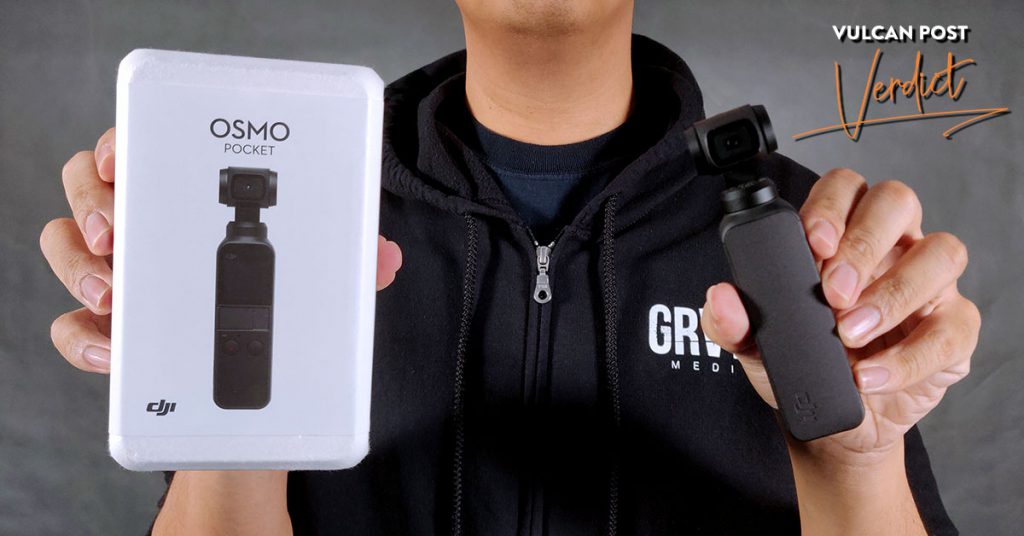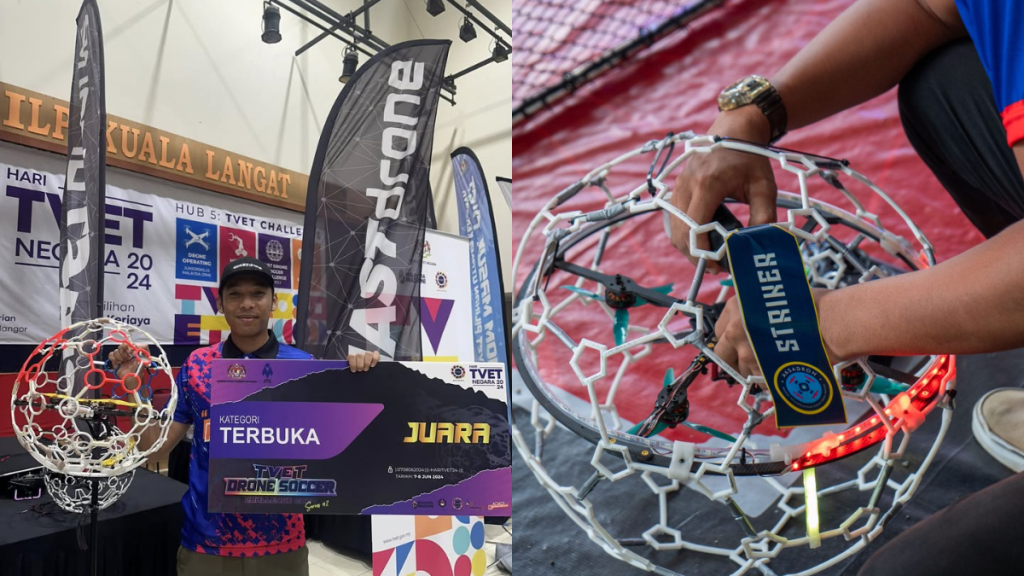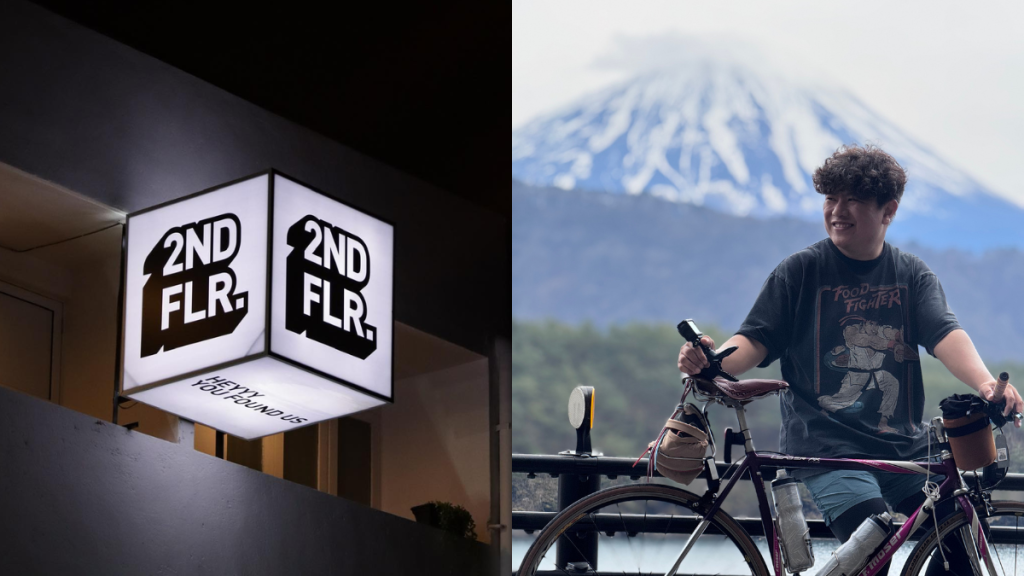- The DJI Osmo Pocket is a small form factor handheld camcorder that has the ability to shoot gimbal-stabilised footage up to 4K resolution while being able to fit into small spaces.
- The Osmo Pocket will cost RM1,550 in Malaysia, with Singaporean prices still yet to be announced.
The Osmo Pocket is the latest in the line of camcorders from Shenzhen-based DJI—the company famous for their range of remote-controlled drones.
Released late November last year, the Osmo Pocket touts the capability of shooting stabilised 4K footage at 60 fps whilst being small enough to fit inside a trouser pocket. For filmmakers looking to take quality footage on the go without sacrificing mobility, this is an especially big attraction point.
When our office received a review unit of the Osmo Pocket, we took the opportunity to put it through its paces and see how this small camera would fare in the wild.
Hardware
The exterior of the Osmo Pocket is made mostly from plastic, with its soft-touch exterior providing a nice feel in the hand. The weight falls a bit on the light side, but there’s just enough heft for it not to feel like it’s made cheaply.
In the front, the physical interface is simple, with two buttons sitting below a small screen no bigger than a square inch in size. This arrangement is still very much functional however, with one button used as a menu navigator and the other used as a trigger to shoot video or snap photos.
 There are also options for connecting the Osmo Pocket to an iOS or Android device via an adapter that plugs in at the side. Using a phone with the Osmo Pocket tremendously improves its usability and gives users a clearer picture of their subject by using the screen as a viewfinder.
There are also options for connecting the Osmo Pocket to an iOS or Android device via an adapter that plugs in at the side. Using a phone with the Osmo Pocket tremendously improves its usability and gives users a clearer picture of their subject by using the screen as a viewfinder.
Here’s what the inside of the app looks like:


In terms of storage, you’ll have to use a microSD card as there’s no in-built storage, but this really isn’t a problem with the card slot and USB-C port easy to access when you need to perform data transfers.
 The camera component of the Osmo Pocket sits right at the top of the module and swivels on a motorised 3-axis gimbal which gives it its stabilisation capabilities. The build of the gimbal is great and feels sturdy, with its movement and action feeling especially smooth when recording video—no sudden jerks or mechanical stuttering.
The camera component of the Osmo Pocket sits right at the top of the module and swivels on a motorised 3-axis gimbal which gives it its stabilisation capabilities. The build of the gimbal is great and feels sturdy, with its movement and action feeling especially smooth when recording video—no sudden jerks or mechanical stuttering.
 The device also comes with a carrying case that it fits snugly into, which itself comes with an attachable wrist strap. We noted however that we’d have preferred the option to have a strap connected directly to the Osmo Pocket itself instead of the case so we could use it in more demanding situations without fear of dropping or damaging it.
The device also comes with a carrying case that it fits snugly into, which itself comes with an attachable wrist strap. We noted however that we’d have preferred the option to have a strap connected directly to the Osmo Pocket itself instead of the case so we could use it in more demanding situations without fear of dropping or damaging it.
Performance
Talking about real-world performance, the Osmo Pocket proves right away its worth as a portable filming device, with its light weight and motorised three-axis gimbal making it incredibly easy to capture stabilised images on the go. This is all complemented by the availability of panorama and timelapse modes.
Making comparisons between this and using a DSLR with DJI’s very own Ronin-S gimbal (which weights about 16 times more), our video team noted the various situations where the lack of bulk would offer an advantage over a traditional gimbal setup. For instance, they surmised that this would work well in concert situations, in nature shoots where carrying along equipment is a challenge, or just as a vlogger-type camera.
Aside from the portability of the Osmo Pocket, we also had to examine the overall quality of the footage captured, which we found to be overall very good considering the size of the device. While not comparable to a fully functional DSLR, the raw footage extracted from the Osmo Pocket was still of high quality, with no want for details or colour.
Footage of us bringing the Osmo Pocket up a hike during our last company outing, proving its capabilities in hard to navigate areas:
https://youtu.be/lRiTpjYtoPU
In terms of battery life, the Osmo Pocket was found able to last a fair amount of time—nothing exceptional, but not underwhelming, either. Containing battery that DJI claims can last two full hours shooting 4K footage, we found the Osmo Pocket to be ideal for situations where you’d do shoots in bursts instead of prolonged takes.
One complaint the video team had about the quality of the footage was the lack of versatility during the editing process, where they noted the lack of dynamic range as compared to a full DSLR setup. In low-light shots there was also comparatively more grain and noise which were harder to get rid of.
Another nitpick would be the audio quality, which we didn’t expect much from to begin with. To be more specific, any sound captured through the mic of the Osmo Pocket was tinny and contained too much high-end, making the audio subpar if you want to consider production for a professionally-made video.
Verdict
Overall, the DJI Osmo Pocket presents another solid option for filmmakers, especially with it providing a similar level of image stabilisation as those from costlier traditional gimbal-DSLR setups.
At a price of RM1,550, we feel it presents good value, not for everyone, but for a select few that could use with an easy-to-use option for stable video imagery that doesn’t weigh a ton. Sure there are drawbacks with the audio, but those seeking higher fidelity probably would be using a proper audio recording device anyway.
After all, we feel that the Osmo Pocket’s place in a videographer’s arsenal isn’t as a full on DSLR replacement, but rather as a complementary device for B-roll footage and short POV scenes. Think of it like a chili padi—best used as a condiment, not the main course.
Here’s the observed pros and cons at a glance:
|
Pros |
Cons |
| Light weight and mobile | Software is barebones |
| Solid build quality | Audio quality not great |
| Footage is decent | |
| Easy to use |
- You can find out more about the DJI Osmo Pocket here.
VP Verdict is a series where we personally try and test out products, services, fads, and apps. Want to suggest something else for us to try? Leave a comment here or send the suggestion into our Facebook page.


















